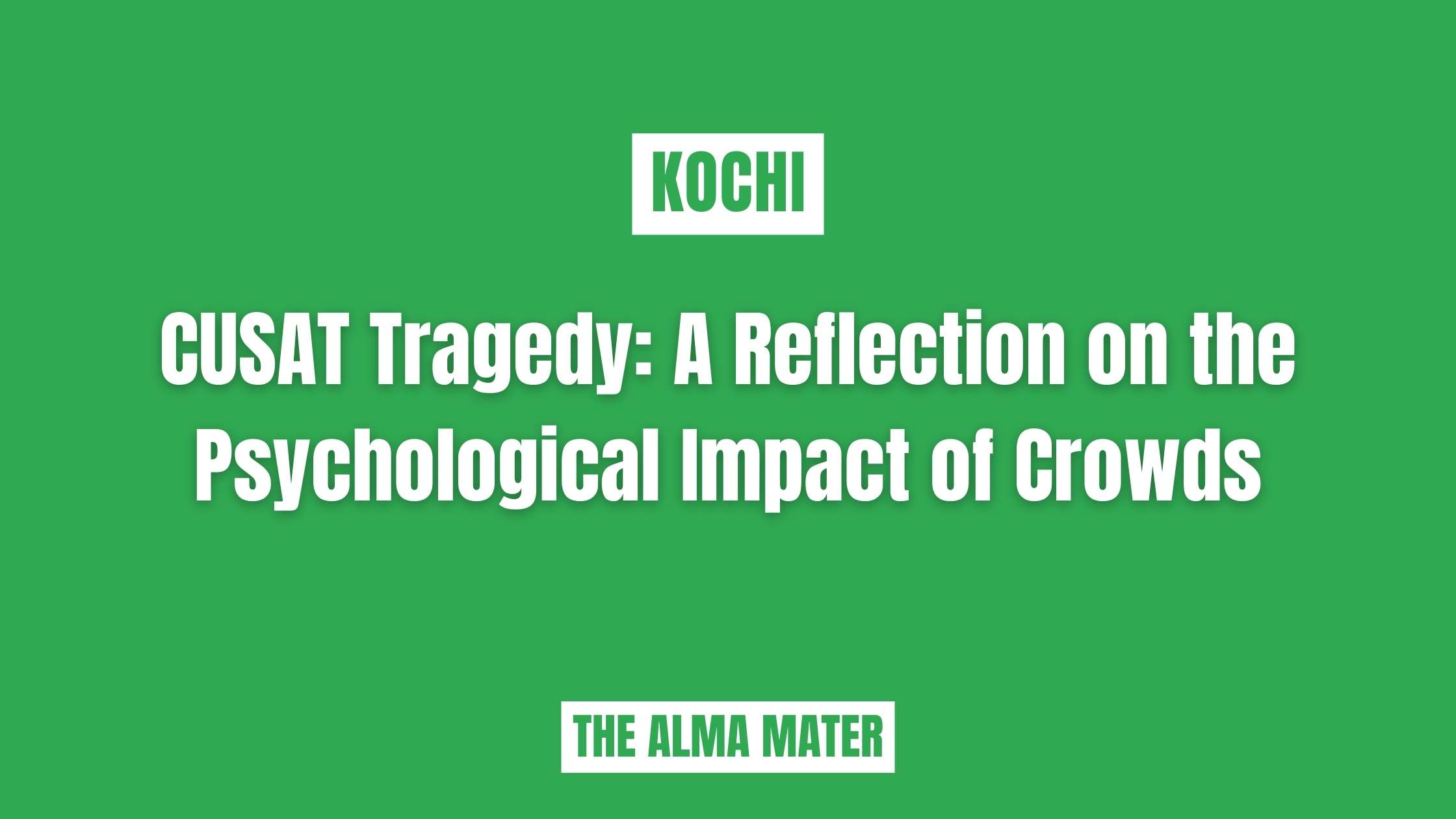
The Unseen Dangers of Crowds: Understanding the Psychological Impact
The CUSAT tragedy highlights the often overlooked psychological impact of crowds, which can significantly contribute to the risk of panic and stampede-like situations. In settings with large concentrations of people, emotions can run high, and individuals can become easily overwhelmed by sensory stimuli and the pressure of the crowd. This heightened state of arousal can lead to irrational behavior, including panic attacks, which can quickly escalate into a stampede.
The Psychology of Crowds and Strategies for Mitigation
Understanding the psychology of crowds is essential for mitigating the risks associated with large gatherings. Organizers should take steps to create a sense of safety and order by ensuring adequate space, providing clear exits and emergency routes, and communicating with the crowd in a calm and reassuring manner. Individuals should also be aware of their surroundings, avoid getting caught in dense crowds, and remain calm if panic starts to spread.
The Importance of Emotional Intelligence in Crowd Management
Emotional intelligence plays a crucial role in crowd management, particularly in preventing panic and ensuring the safety of participants. Organizers and staff should be trained to recognize signs of distress, communicate effectively with the crowd, and de-escalate any tense situations that may arise.
Cultivating a Culture of Safety Awareness
Promoting a culture of safety awareness within the student community is essential for preventing crowd-related incidents. Educational institutions should incorporate safety education into their curriculum, teaching students how to behave in large gatherings, recognize signs of danger, and respond appropriately in emergency situations.